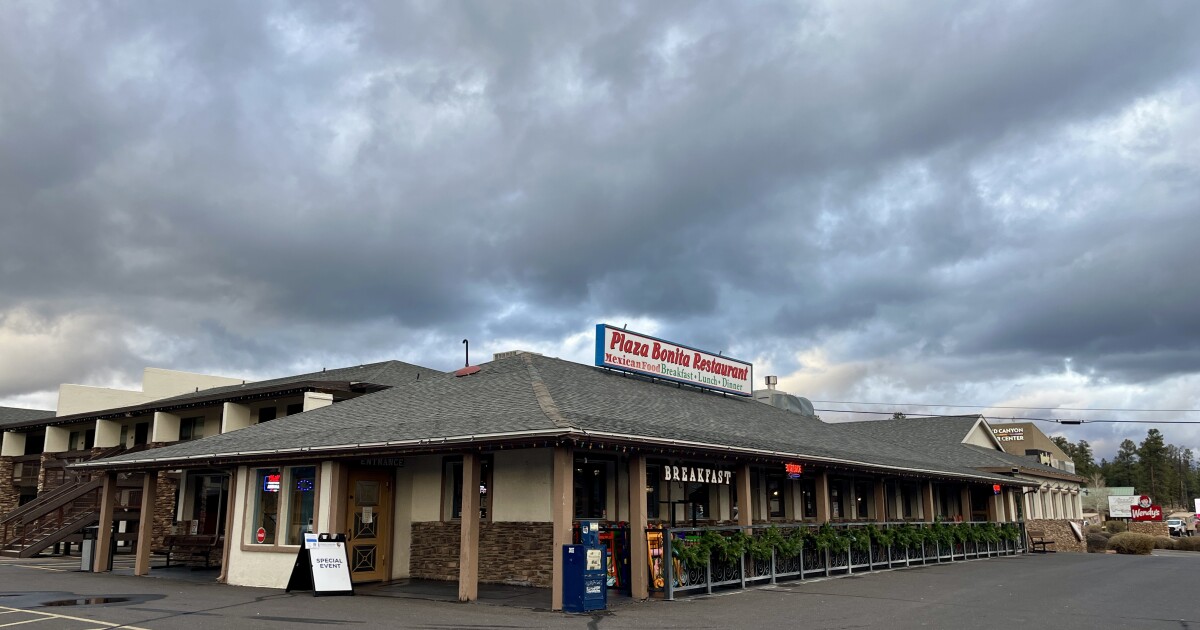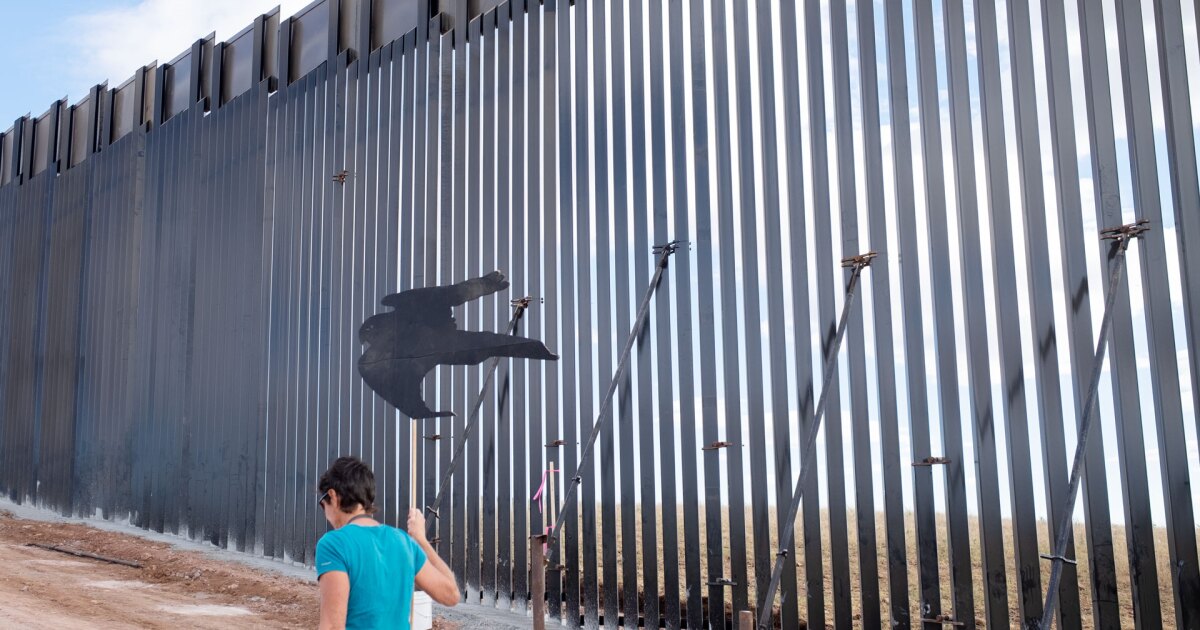Unveiling the Intersection of Paleontology and Archaeology in the Southwest
The worlds of paleontology and archaeology, though distinct, often find themselves intertwined in intriguing ways. While paleontology delves into the history of life on Earth through fossils dating back millions of years, archaeology focuses on human cultures over a relatively shorter period. The fusion of these disciplines is particularly evident in the Southwest’s national parks and monuments.
Recent surveys conducted across approximately twelve park collections in the Southwest have highlighted numerous instances where ancient peoples adapted fossils for various uses. Among the most prevalent artifacts discovered are projectile points and tools crafted from vibrant petrified wood, a testament to the trees that once thrived in the region. Notably, at Chaco Canyon, researchers discovered that tools were also fashioned from coal fragments.
In some instances, remnants of ancient fauna, such as slabs with fossilized tracks, were incorporated into building structures. More unique findings include delicate effigies and jewelry, such as a shark tooth bead necklace unearthed at Aztec Ruins National Monument in New Mexico. The presence of such items suggests long-distance trade networks that transported unique materials across the region.
Beyond their natural beauty, parks like Bryce Canyon, Capitol Reef, and the Grand Canyon reveal the intersection of these disciplines through the artifacts found within their boundaries. These sites offer more than stunning vistas; they provide a window into the innovative ways ancient cultures utilized their environment.
Engagement with tribal communities adds a profound layer to these discoveries by highlighting the cultural and intangible significance of these materials. Indigenous peoples emphasize the importance of honoring and safeguarding these historical objects, recognizing their value beyond mere physical artifacts.
This Earth Note was written by Rose Houk and produced by KNAU and the Sustainable Communities Program at Northern Arizona University.
—
Read More Arizona News









